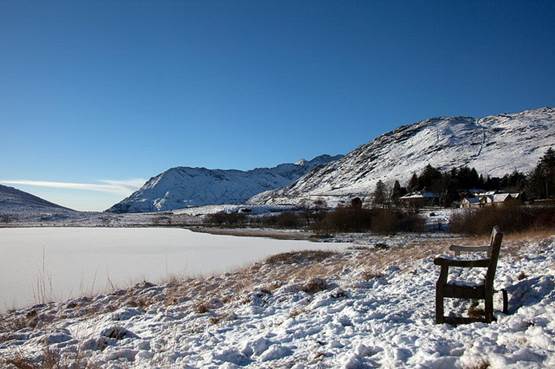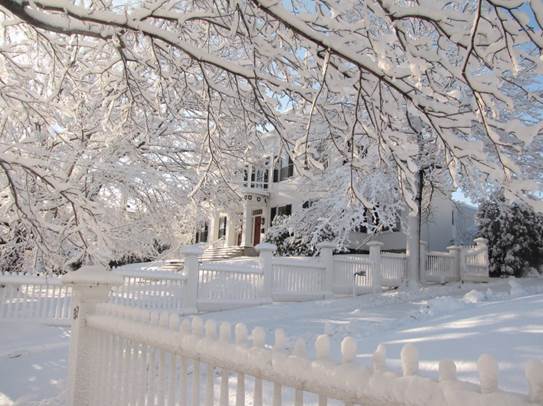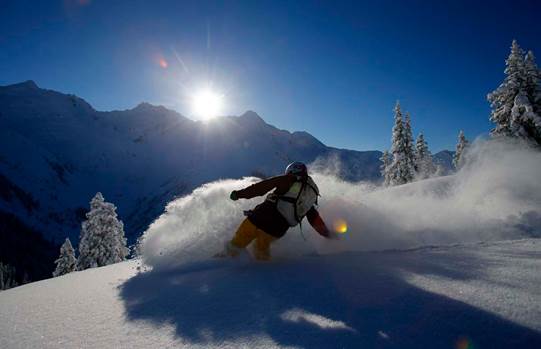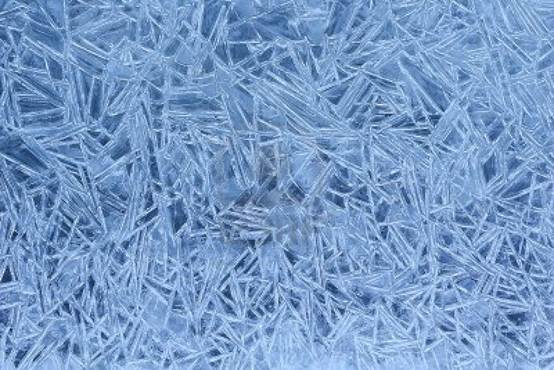Winter offers much to the dedicated
photographer willing to don his woollies and head out into the cold. Read on
for our top-ten low-temperature photo tips
From Torquay to Tobermory, winter gives
rise to a strange ritual of self-abuse among photographers. You know the kind
of thing: set alarm for 6:00am, full of enthusiasm to rise early and capture
the fresh snow before it turns to grey mush, wake in a state of mild panic when
it goes off, see your frozen breath rising above you, realize it’s much warmer
in bed than out, hit snooze and fall back to sleep.

One
tip if you’re going to be out shooting in the cold for periods of time is to
keep any batteries close to your body when not in use
Any landscape photographer will be more
than familiar with this routine. After a cosy night under the duvet, there’s
nothing worse than pulling on cold clothes and stepping out into sub-zero
temperatures, for no other reason than to take a few pictures. It’s barmy.
So why bother? Because there’s nothing like
it. Until you’ve crunched your way down a country lane in the eerie blue
pre-dawn light of an icy morning, or watched the sun rise gently over a frosty,
mist-laden landscape, you haven’ lived. Where winter’s concerned, seeing is
believing, and the only way to do that is by getting out there with your
camera, no matter how cold it is.
Where you go plays a major role. If you
live in a part of the country where the winter weather tends to be a bit damp
and mushy, head north. Generally, the further north you go, the more severe the
weather, so if you want to take some hard core winter landscapes, you could do
a lot worse than a few days in the Scottish Highlands. If that’s too far to
travel, any upland region is worth a visit, such as Snowdonia National Park or
the Lake District.
A great thing about winter is that the days
are short, with the sun rising at 8:00am and setting by 4:00pm, so you don’t
have to get up in the middle of the night for a dawn shoot and you’ll be home
again for dinner. Also, because the sun doesn’t rise very high in the sky
during winter, the light is of a high quality all day so you can, in fact,
enjoy more hours of photography than during summer!
One tip if you’re going to be out shooting
in the cold for periods of time is to keep any batteries close to your body
when not in use. Cold conditions rapidly reduce battery life and the last thing
you want to happen when you’re out shooting is running out of juice. So wrap up
warm, grab a flask of hot drink and head out into the winter wonderland…
1.
Shooting snow scenes
We’ve had some amazing winter snowfalls in
recent years, so let’s hope more follows this winter. There’s nothing like
freshly fallen snow to transform the landscape into a winter wonderland, and
shooting it successfully is easy. Catch it fresh, for a start, when it’s still
crisp and white, ideally shoot in sunny weather and keep the sun to the side of
the camera so the snow is side-lit and its texture revealed. Use footprints,
fences, walls and other features to break up the foreground and watch your
exposures – underexposure is common when shooting snow and you may need to add
as much as +2 stops of exposure compensation to get it right.

Catch
it fresh, for a start, when it’s still crisp and white
2.
Using a polarizer
On a sunny winter’s day it’s well worth
using your polarizing filter. Not only will it deepen the blues in the sky and
cool tones on the ground, but it will also enhance cloud formations, improve
clarity and contrast, boost colors and remove glare from ice, frost and snow.
Rotate the polarizer as normal until you’re happy with the effect, but pay
close attention to the effect it has on the sky – full polarization may turn
the winter sky almost black at the edges of the frame as it’s naturally a deep
blue already, and the results of this will look unnatural.

On
a sunny winter’s day it’s well worth using your polarizing filter
3.
Ice patterns
After an overnight freeze, ice often forms
over still water in lakes, ponds and puddles, and offers great potential for
pattern and detail images. Trapped air forms tiny bubbles while the movement of
water as the ice forms results in graceful curves and swirls in the ice. One
stretch of riverbank or lake shore can be the source of many different images.
A macro lens is ideal for this, but a standard zoom or a 50mmprime lens also
works well. Just a word of warning people dies every winter when they fall
through ice into freezing water, so don’t take unnecessary risks.

After
an overnight freeze, ice often forms over still water in lakes, ponds and
puddles, and offers great potential for pattern and detail images